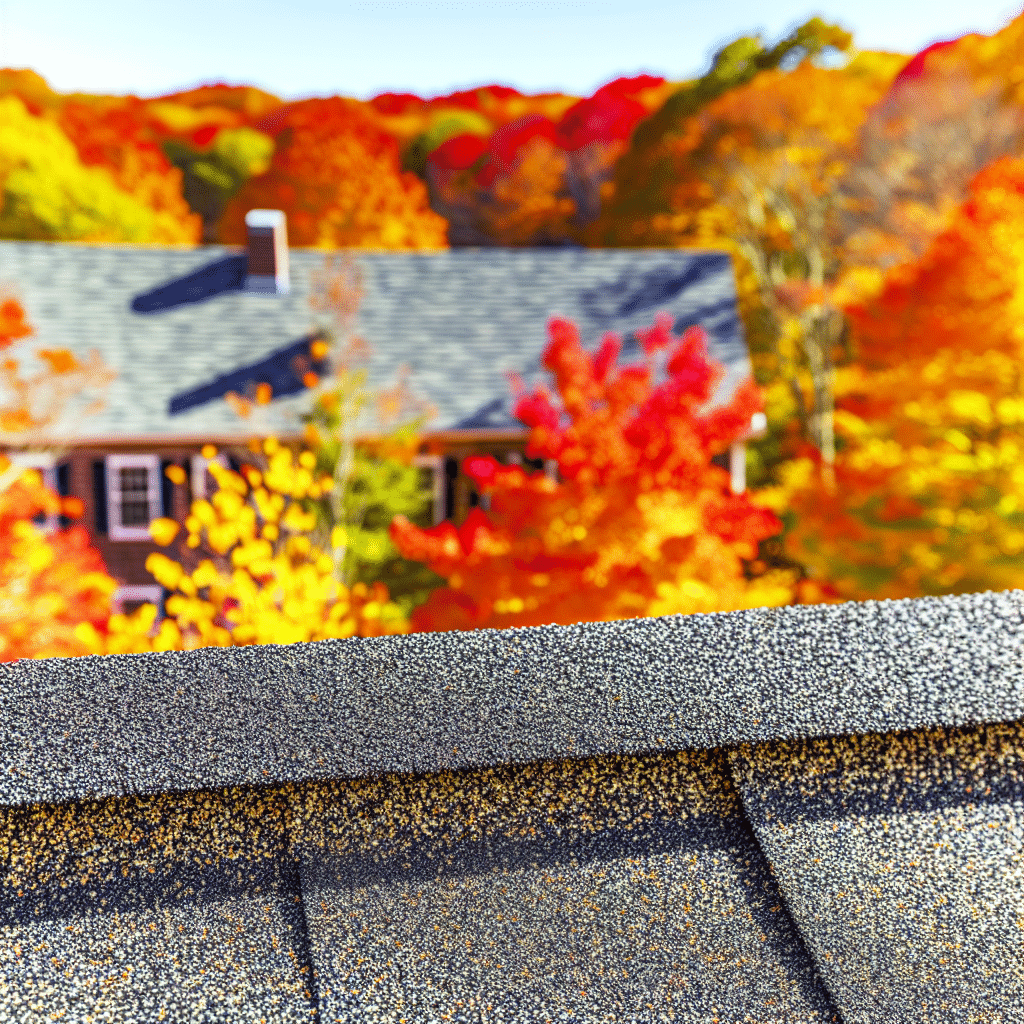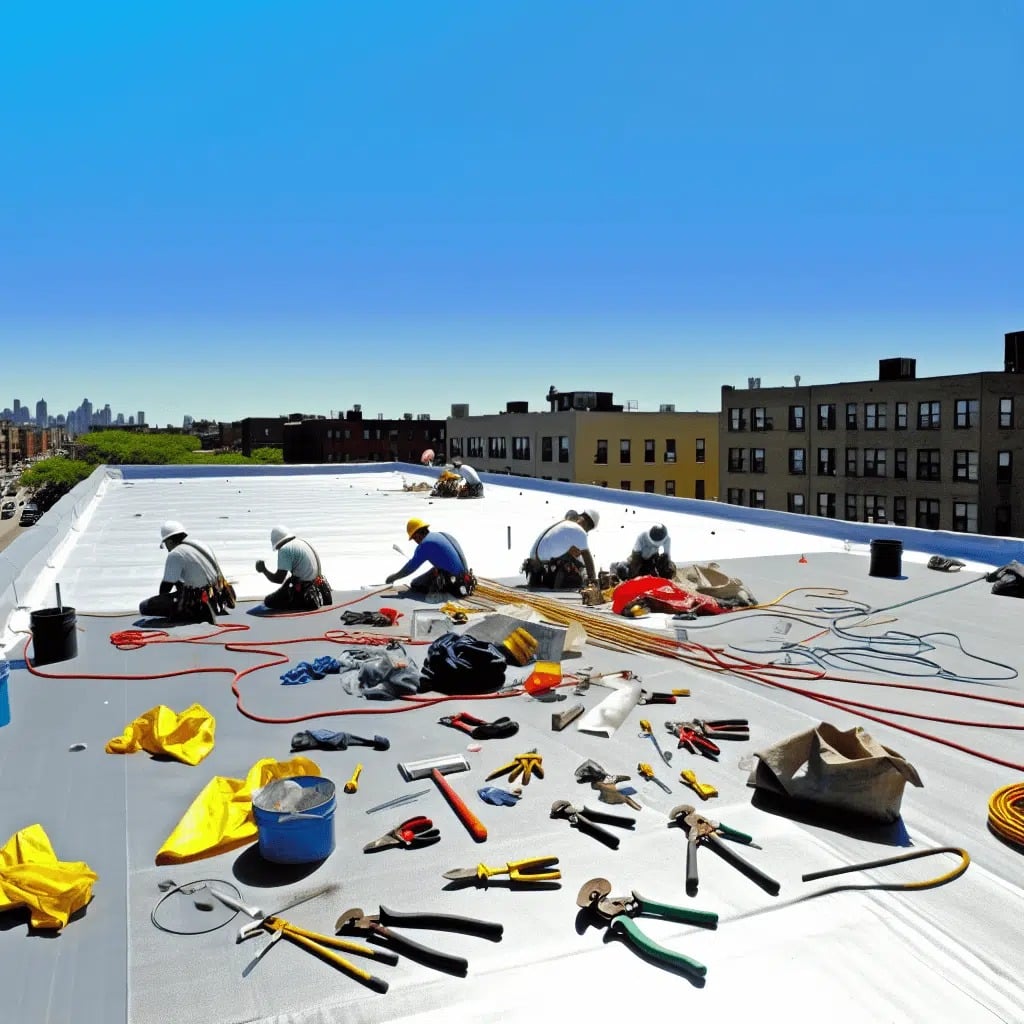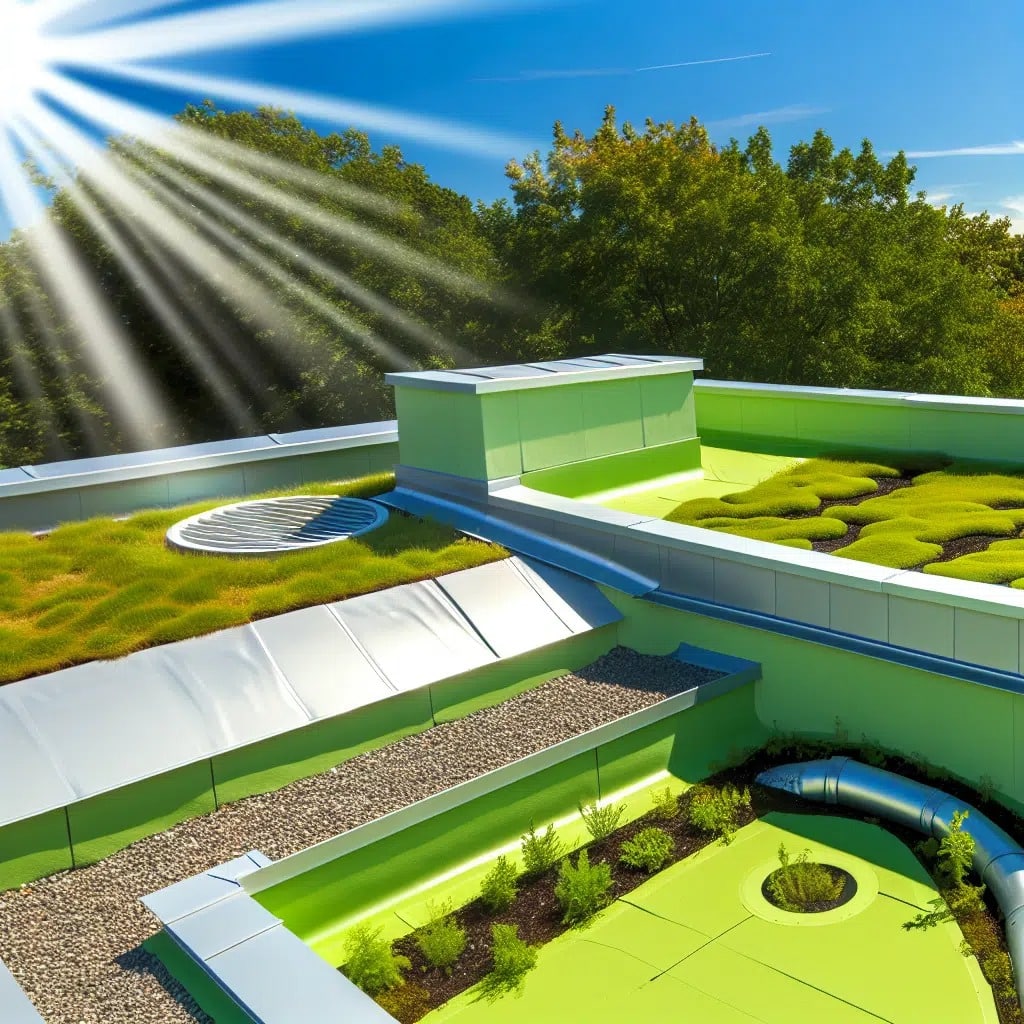The Vital Role of Roof Waterproofing Systems
Your home is your sanctuary, and the roof is its shield. However, without proper waterproofing, that shield can become compromised, leading to extensive and costly damage. Cranston’s unique weather conditions, with its rainy November and chilly winters, make a strong case for ensuring your home is equipped with a reliable roof waterproofing system. Waiting until a wet ceiling or mold growth signals a leak can mean running against time and expenses. Investing in waterproofing now is not just about repair, but about proactively safeguarding your home’s value and your family’s comfort.
Investing in roof waterproofing is not just a preventative measure; it’s a strategic move for any Cranston homeowner. A well-implemented system not only wards off water but also contributes to the overall thermal regulation of your home. Think of it as the armor that protects against the elements, keeping you dry and insulated regardless of what Mother Nature throws at you. By choosing to waterproof your roof, you’re also choosing energy efficiency, which can help reduce heating costs as the colder months set in. It’s a smart choice that pays off in the long run, with an extension to your roof’s lifespan being an added boon.
Ignoring the need for a waterproof system can lead to a host of issues that no homeowner wants to face. From dry rot causing structural problems to moisture fostering an environment for pests and allergens, the risks are real and abundant. That gentle November rain could be a relentless adversary to a vulnerable roof. This is why addressing roof waterproofing before problems arise is not just recommended, it’s essential for maintaining a sturdy and secure home. Preparing now means peace of mind later, as the autumn leaves fall and the reality of winter approaches.
Understanding the Intricacies of Effective Roof Waterproofing
When we talk about roof waterproofing, we’re delving into a science that merges material technology with skilled craftsmanship. The goal is to create a barrier that repels water yet allows your home to breathe. It’s a delicate balance, but getting it right means your roof can stand up to rain, snow, and even the harsh sun known to grace Cranston skies. As the seasons change, a robust waterproofing membrane maintains its integrity, preserving your home’s structural health. It’s not just a coating; it’s a carefully engineered system designed for resilience against the elements.
Rinaldi Roofing understands the unique climatic challenges that Cranston residents face, which is why expert installation is a cornerstone of their service. Each roofing material has its own set of considerations; for instance, metal roofs might reflect the sun but also require precise sealing at the seams. Asphalt shingles offer a traditional look but need proper underlayment to ensure full waterproofing benefits. The knowledge and expertise that go into selecting and installing the best materials for your individual roof are what set apart the true professionals. With their guidance, your roof will be well-suited to withstand not just this winter, but many more to come.
Don’t hesitate to reach out to professionals who can thoroughly analyze your roof’s current condition and recommend the ideal waterproofing methods. Cranston homes have varying degrees of exposure to weather elements, and what works for one may not be optimal for another. A comprehensive inspection can reveal potential vulnerabilities that, if left unchecked, could lead to water ingress and damage. From the initial inspection to the selection of high-quality materials and skilled installation, every step is critical to ensure your roof is waterproofed effectively. Trust in these processes is pivotal in securing a home that remains dry, efficient, and comfortable year-round.
Securing Long-Term Protection for Your Home
When considering roof waterproofing systems, it’s not just the immediate benefits that should be on your mind, but the long-term advantages they bring. An expertly waterproofed roof goes beyond just keeping water out; it plays an integral role in protecting the overall structure of your home from potential water damage, which can be costly to repair. Factors like improved energy efficiency contribute to a more comfortable living environment and can offer significant savings on heating bills. A waterproofing system acts as a buffer against the often unpredictable weather in Cranston, ensuring your home stays warm and dry. Planning for the future begins with decisions made today, and proper roof waterproofing is a decision that homeowners won’t regret.
In the journey to a well-protected home, the right professional oversight cannot be stressed enough. Seeking assistance from specialists, like those at Rinaldi Roofing, ensures that every aspect of the waterproofing process is carried out with precision. From initial assessments to the selection of suitable materials and the actual application, each phase needs to align with the highest standards of quality. It’s about entrusting your roof to those who not only understand the technicalities but also consider your specific situational needs. Such a partnership not only brings peace of mind but also guarantees a return on your investment through an enduring, watertight roof.
As we close, it’s evident that roof waterproofing is an indispensable aspect of responsible homeownership. By now, the value in proactively installing a waterproofing system should be clear, from extending the life of your roof to providing an extra layer of security against the elements. If you’re ready to take the next step toward a secure and insulated home, we invite you to explore your options with a trusted local provider. Remember, the right time to reinforce your roof is before you think you need it, not after the first drip of a leak. Trust in the strength of a waterproof system—a cornerstone in maintaining the safety and integrity of your cherished home.
Insights From The Experts
Tip 1:
Choose waterproofing materials that suit your local climate. For instance, in areas with heavy rain, a seamless, rubber-based waterproof membrane can provide superior protection compared to other options.
Tip 2:
Regular inspections are key. At least twice a year, examine your roof for any signs of wear or damage, and address them promptly to prevent more extensive issues.
Tip 3:
Don’t overlook the roof’s slope when considering waterproofing solutions. Sloped roofs may require different waterproofing tactics compared to flat ones to effectively channel water away.
Tip 4:
Consider the long-term financial benefits when choosing your roofing materials. High-quality waterproof systems might have a higher upfront cost but can save you money on repairs and energy bills in the long run.
Tip 5:
Hire professionals with a proven track record in installing roof waterproofing systems. Their experience and knowledge are invaluable in ensuring your roof is properly protected against water damage.
Expert Answers to Your Waterproofing Queries
What are the most effective materials used for roof waterproofing systems?
The most effective materials include EPDM rubber, TPO, PVC membranes, and liquid-applied coatings, each offering unique benefits such as durability, flexibility, and ultraviolet resistance.
How often should roof waterproofing be maintained to prevent leaks?
Roof waterproofing should typically be inspected and maintained at least twice a year, particularly after extreme weather events, to ensure there are no breaches in the protective layer.
Can waterproof roof materials withstand extreme weather conditions?
Yes, high-quality waterproof materials are designed to be resilient against extreme conditions, including intense UV exposure, heavy rains, and high winds when properly installed.
What are the signs that indicate a need for waterproofing your roof?
Signs include water stains on ceilings or walls, mold growth, a musty smell in the attic, and visible damage or wear on the roof surface.
How do roof waterproofing systems contribute to overall roof maintenance?
Waterproofing systems protect roofs from water damage, reduce the risk of leaks, and extend the roof’s lifespan by preventing degradation from water exposure.



